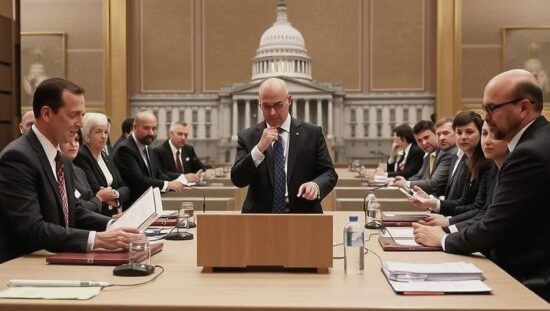Economists Criticize Investment Package as Insufficient to Revive German Economy
Leading economists have expressed skepticism about the investment package, passed by the German federal cabinet on Wednesday, claiming it is not sufficient to put the country’s economy back on a growth path.
The package, which includes tax relief for companies, is seen by many as a symbolic measure aimed at restoring confidence rather than a significant stimulus for the economy, according to Marcel Fratzscher, president of the German Institute for Economic Research (DIW Berlin). “As a whole, the investment package will not create economic miracles and will have only limited direct effects, but it is primarily an instrument to restore trust” Fratzscher said in an interview with the Funke-Mediengruppe.
Oliver Holtemöller, vice president of the Leibniz Institute for Economic Research Halle (IWH), shares a similar view. “The overall conditions should be improved through structural reforms, particularly in the areas of demography, energy and bureaucracy. Without genuine improvements in these areas, financial investment incentives for companies alone will not be enough to end the economic crisis” Holtemöller said.
The German government’s package, presented by Finance Minister Lars Klingbeil, aims to provide incentives for companies to invest by extending depreciation possibilities for machinery and electric vehicles. From 2025 to 2027, firms will be able to claim special depreciation of up to 30 percent for investments made. The measure will take effect from July 1, 2025 and expire on January 1, 2028.
While some economists acknowledge that the faster depreciation possibilities might lead to a slight increase in private investments, others, like Fratzscher, view the help for electric vehicles as mere client politics. Holtemöller, however, notes that special depreciation rules do have a stimulating effect on corporate investments, but at a high cost, which may lead to negative side effects. Local politicians had already warned of the package’s potential for overproportional costs.





